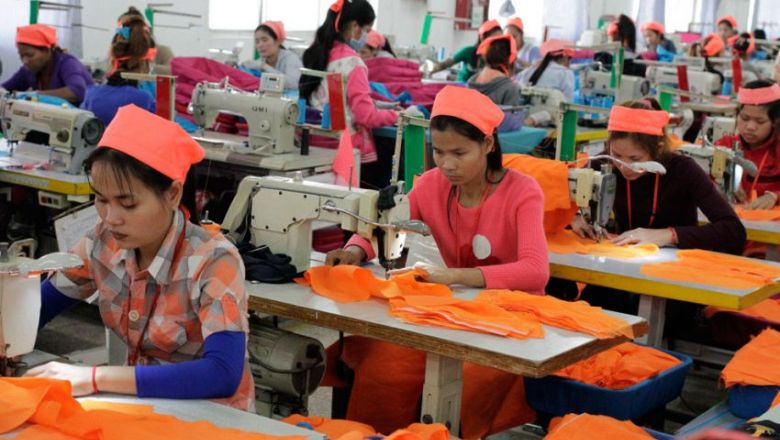Japan’s Nippon Koei eyeing Cambodia’s silk industry
Japan’s Nippon Koei eyeing Cambodia’s silk industry
Japanese company Nippon Koei has expressed interest in the Cambodian silk industry. The private sector believes such interest will improve the Cambodian silk market if the Japanese company invests in the sector.Tsutomu Tamura, the general manager of Nippon Koei, unveiled the investment project in a silk production and silkworm raising meeting with Minister of Agriculture, Forestry and Fisheries Veng Sokhon last Friday.
Sokhon welcomed Nippon Koei, which wants to invest in silk production and silkworm raising in Cambodia. “The Ministry is waiting to cooperate with the company to study its proposal for the project,” Tamura said.
In view of the shortage of markets and raw materials in the Cambodian silk sector, Sokhon asked the Japanese company to first carry out its research.
“We ask the company to study the problems that have caused the fall in silk production and silkworm raising. Then, the ministry will introduce a mechanism to tackle the mater in a timely and effective manner,” he said.
Ministry of Agriculture, Forestry and Fisheries spokeswoman Srey Vuthy told The Post on Monday that the ministry was working to support the private sector which intended to invest in the Cambodian silk sector.
“The Japanese company wants to invest in the Cambodian silk sector, and we support them because we are weak in this area and want to promote it,” Vuthy said.
Cheng Sopheap, the founder of Keiy Tambanh Khmer Handicraft (KTK), said if the Japanese company invests in the Cambodian silk sector, it will improve the market as domestic silk products are facing competition from imports.
“It’s a good thing that Japanese companies want to invest in the sector, which will create jobs for farmers and help explore the silk market.
“Two major challenges in this sector are the lack of raw materials, human resources and financial resources. The second problem is that handmade Cambodian silk cannot compete with low cost imported silk products,” she said.
Currently, silk and cotton yarn are imported from China, Vietnam and Thailand due to the lack of locally produced raw materials.
Silk can be used to make a wide range of products such as ties, clothing, bags, and items for home decor, hotels, shops and others.
The KTK produces two types of pure silk and silk mixed with 50 per cent cotton that is used to produce phamuong – a traditional Khmer skirt, said Sopheap.
The National Silk Strategy Report 2016-2020 said Cambodian silk yarn production accounts for only one per cent of total domestic consumption, while imports accounted for 99 per cent – equivalent to more than 400 tonnes per year.
China is the main country from where Cambodia imports silk.














